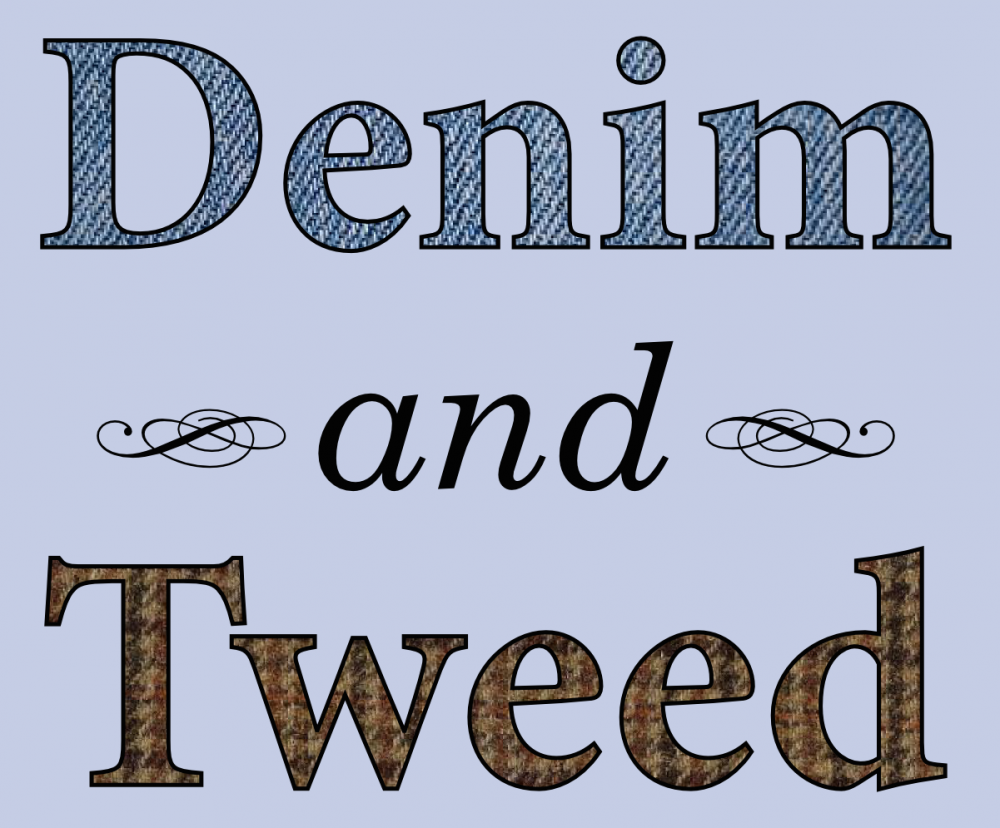Back in March, Science ran a Perspectives piece in which computer scientist Ben Shneiderman suggested that the wealth of new data on human interactions provided by the Internet (Facebook, Amazon.com customer records, &c.) would require a new approach to science, which he called “Science 2.0” [subscription]:
… the Science 2.0 challenges cannot be studied adequately in laboratory conditions because controlled experiments do not capture the rich context of Web 2.0 collaboration, where the interaction among variables undermines the validity of reductionist methods (7). Moreover, in Science 2.0 the mix of people and technology means that data must be collected in real settings … Amazon and Netflix became commercial successes in part because of their frequent evaluations of incremental changes to their Web site design as they monitored user activity and purchases.
Science 2.0 sounded, to me, a lot like what ecologists and evolutionary biologists often do – hypothesis testing based on observations, manipulations of whole natural systems in the field, and the clever use of “natural experiments” sensu Diamond [subscription]. I said as much in a post shortly after Shneiderman’s article ran, and also wrote a brief letter to Science.
And now it turns out they’ve published it! My letter, along with a response from Shneiderman, is in the 6 June issue [subscription]. You can read it in PDF format here. In very short form, I say:
… what Shneiderman calls Science 1.0 has always included methods beyond simple controlled experiments, such as inference from observation of integrated natural systems and the careful use of “natural experiments” (1) to test and eliminate competing hypotheses.
Shneiderman’s response concedes the point on natural experiments, but says he was actually talking about manipulative experiments conducted on large online social networks:
Amazon and NetFlix designers conduct many studies to improve their user interfaces by making changes in a fraction of accounts to measure how user behaviors change. Their goal is to improve business practices, but similar interventional studies on a massive scale could develop better understanding of human collaboration in the designed (as opposed to natural) world …
That still sounds to me like ecological experimentation, but with people’s Facebook accounts instead of (to pick an organism at random) yucca moths. Maybe I’m just not getting it, but I don’t see anything in Shneiderman’s description that qualifies as a new kind of science.
References
Shneiderman B. 2008. Science 2.0. Science 319:1349-50.
Diamond J. 2001. Dammed experiments! Science 294:1847-8.
Yoder, JB, and B Shneiderman. 2008. Science 2.0: Not So New? Science 320:1290-1.
![]() Wondering what’s with these check-mark icons that have started popping up on my posts? They’re part of my new membership in the Research Blogging community, which aggregates ‘blog posts about peer-reviewed scientific literature.
Wondering what’s with these check-mark icons that have started popping up on my posts? They’re part of my new membership in the Research Blogging community, which aggregates ‘blog posts about peer-reviewed scientific literature.